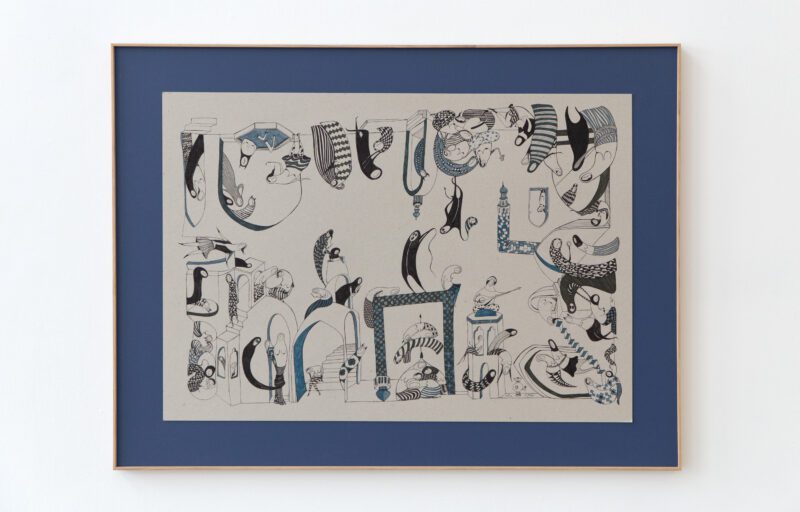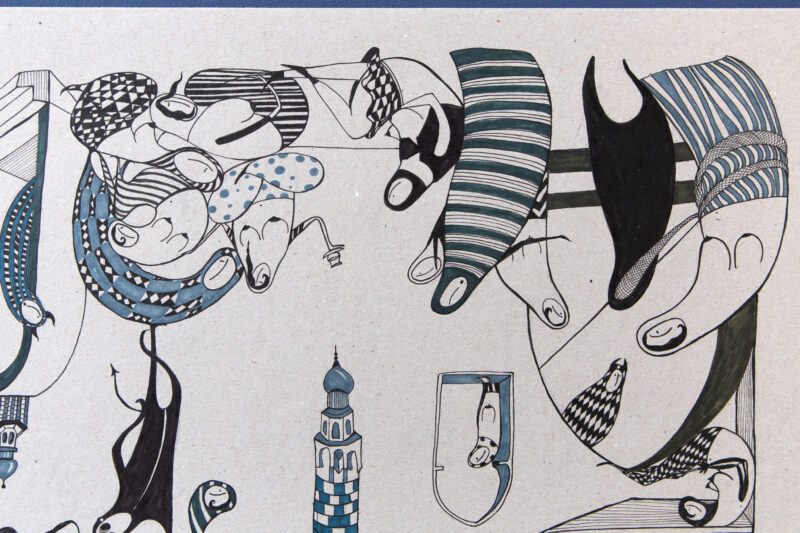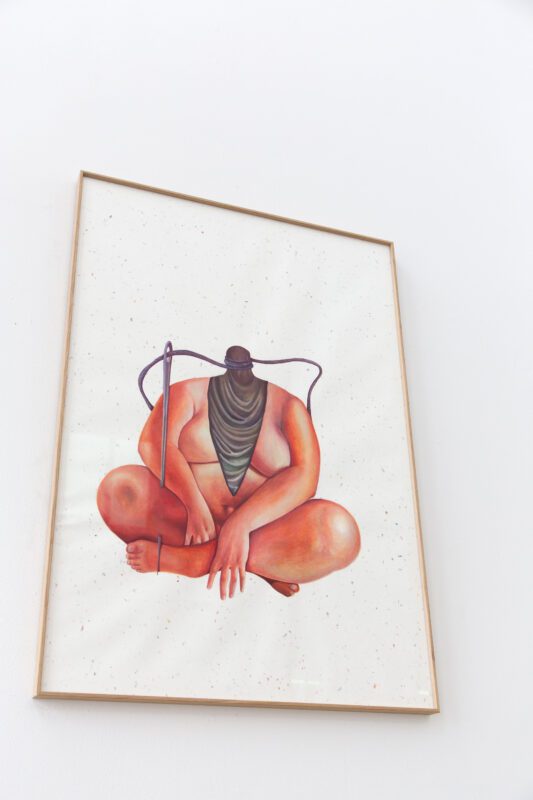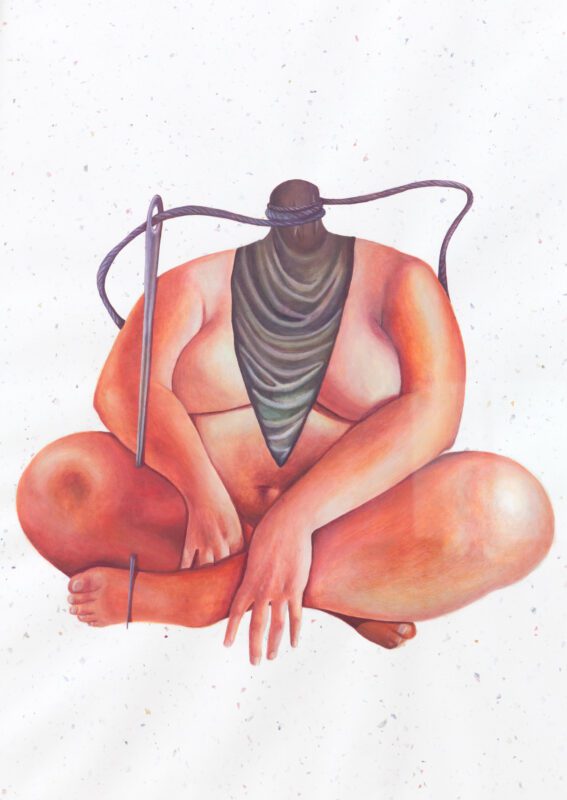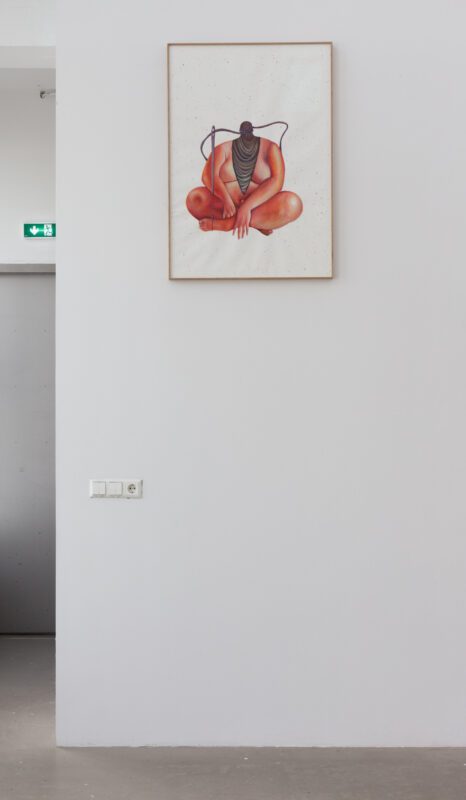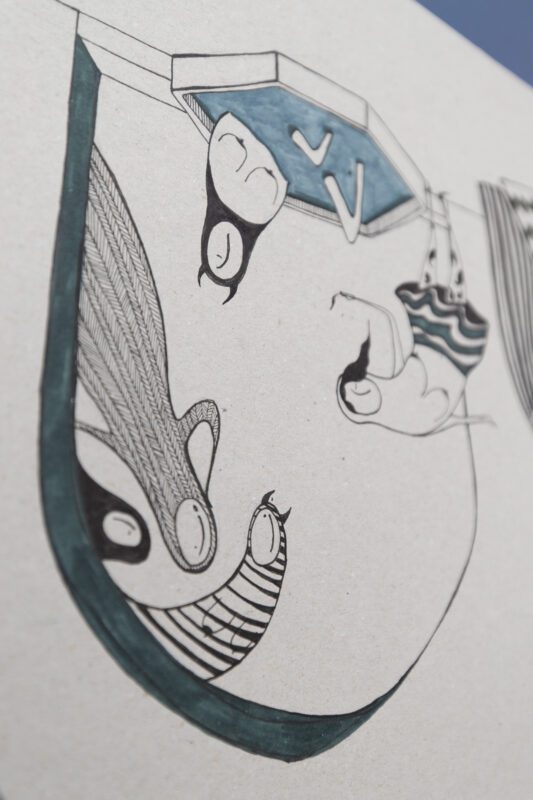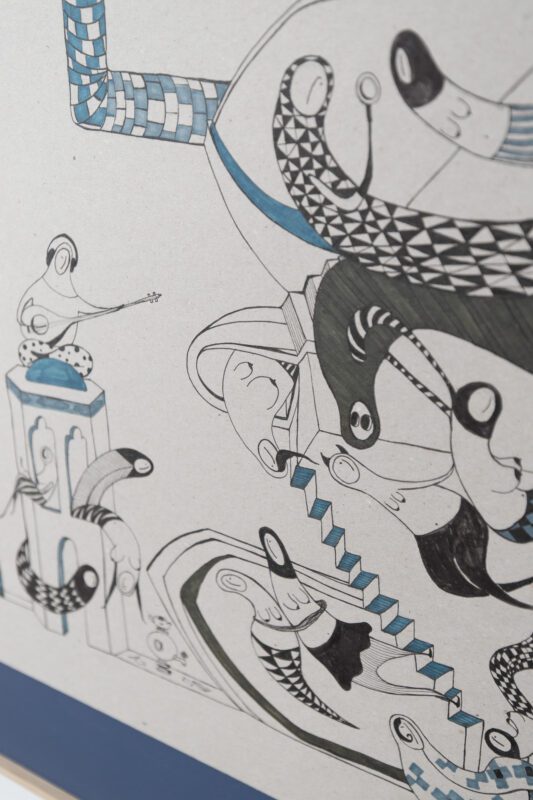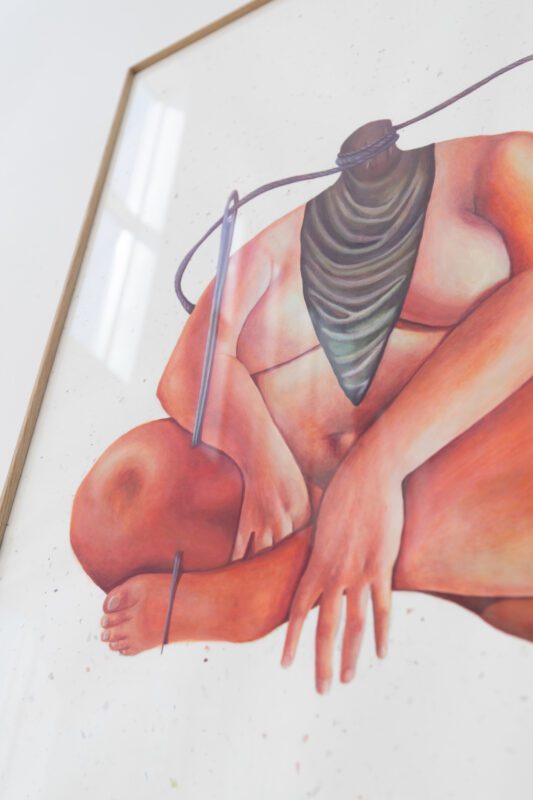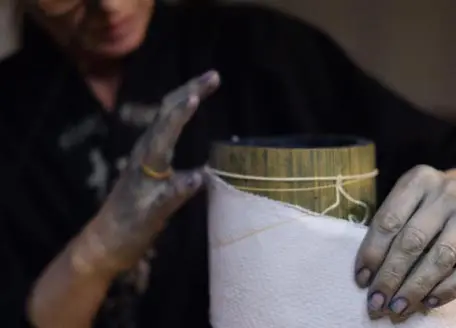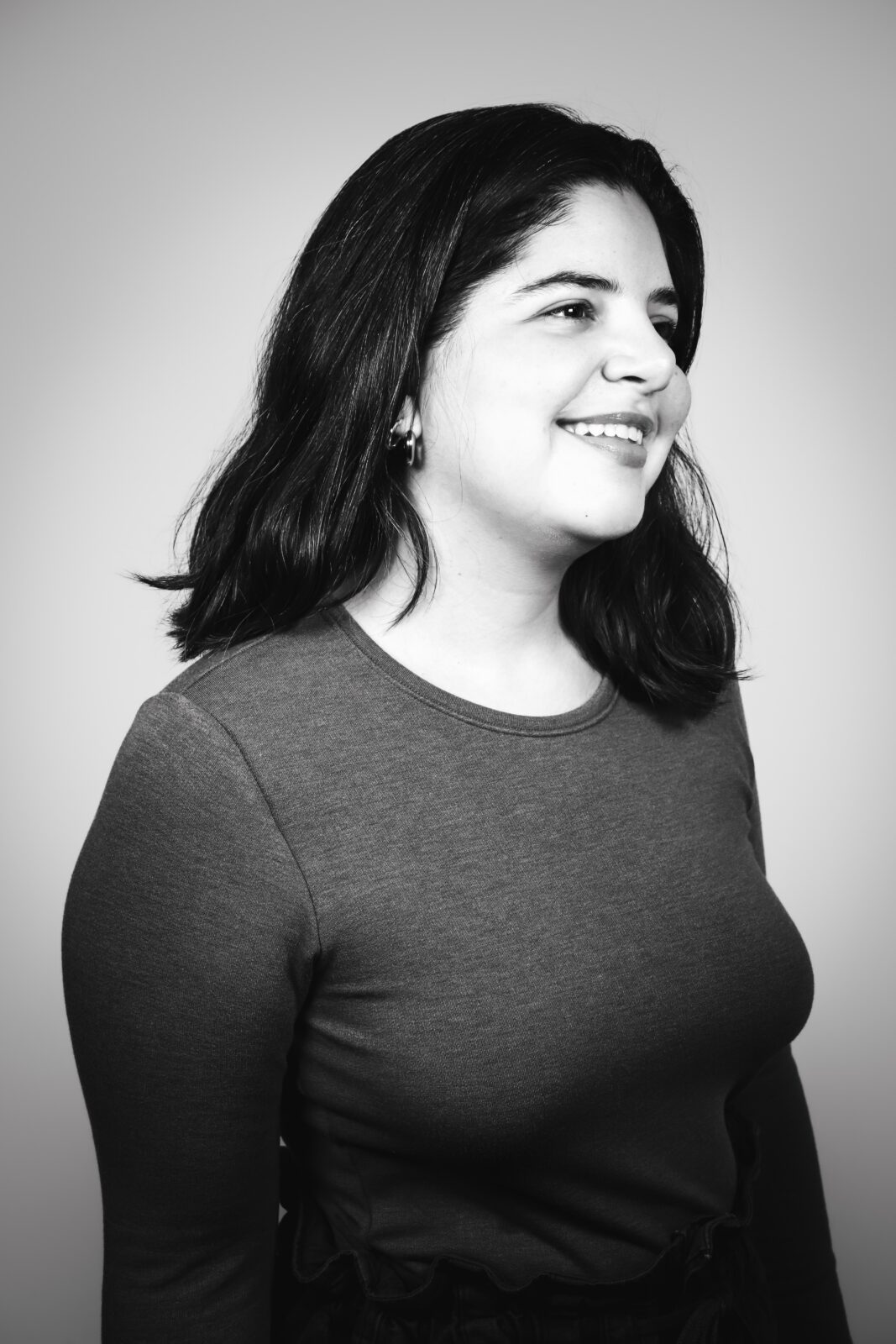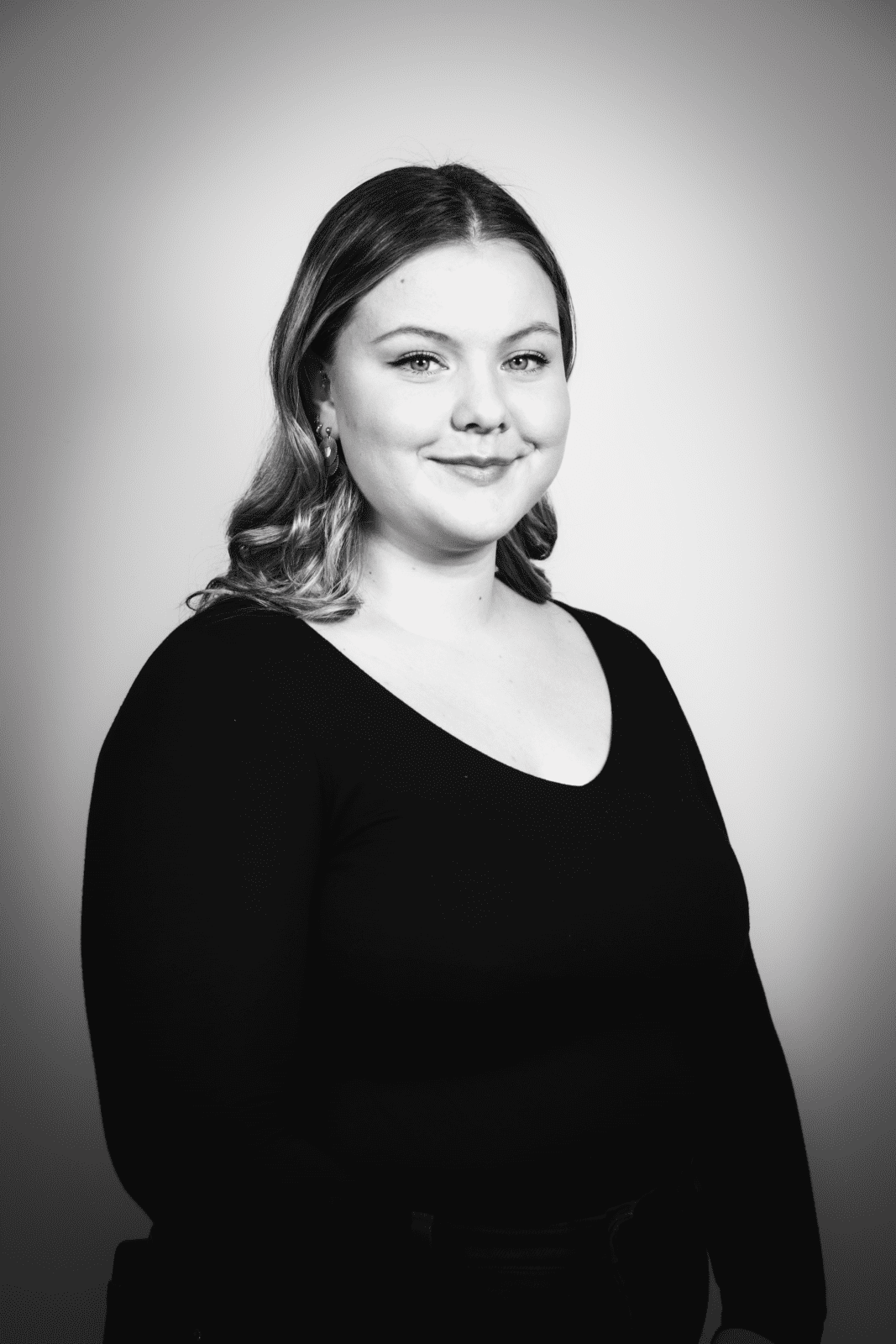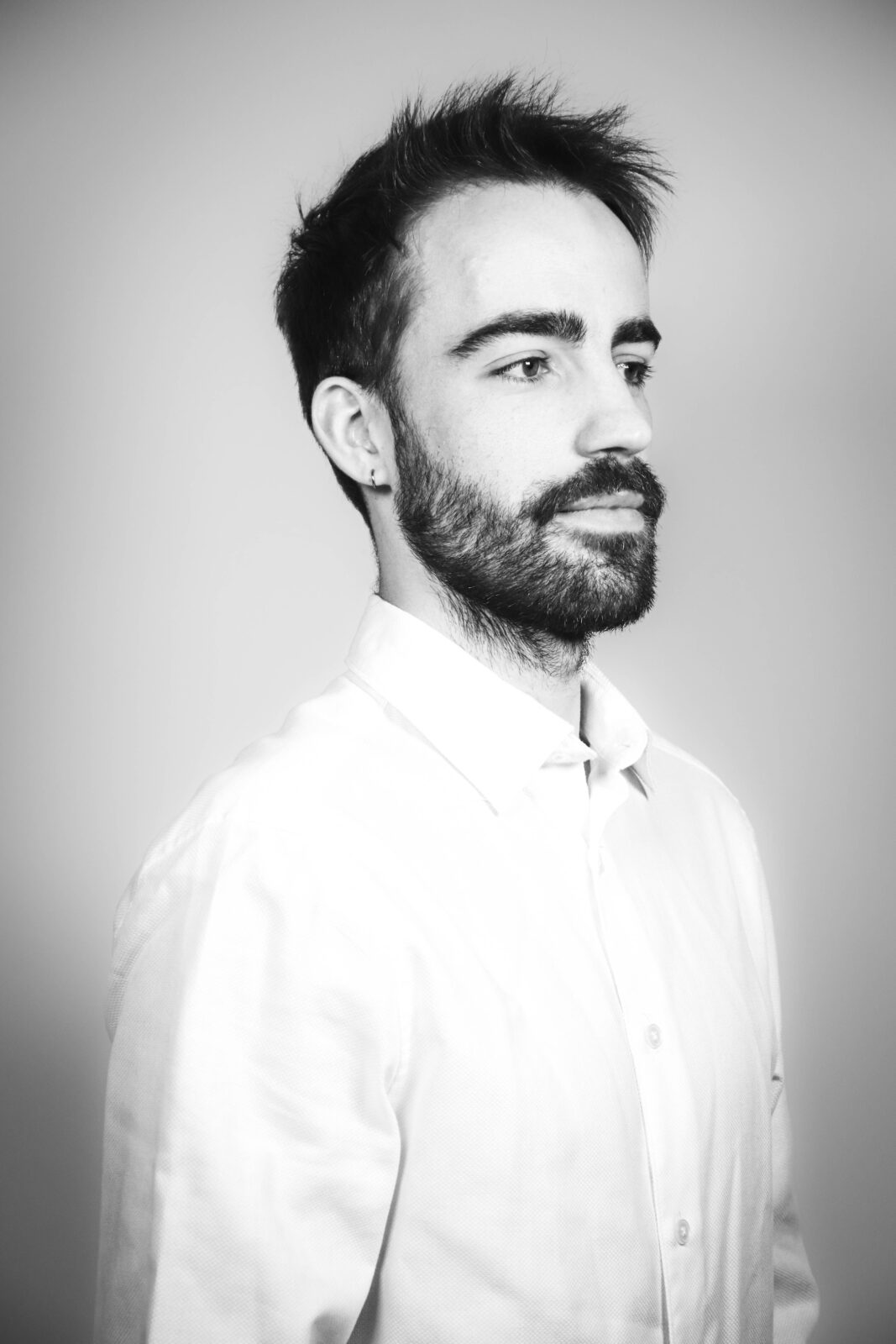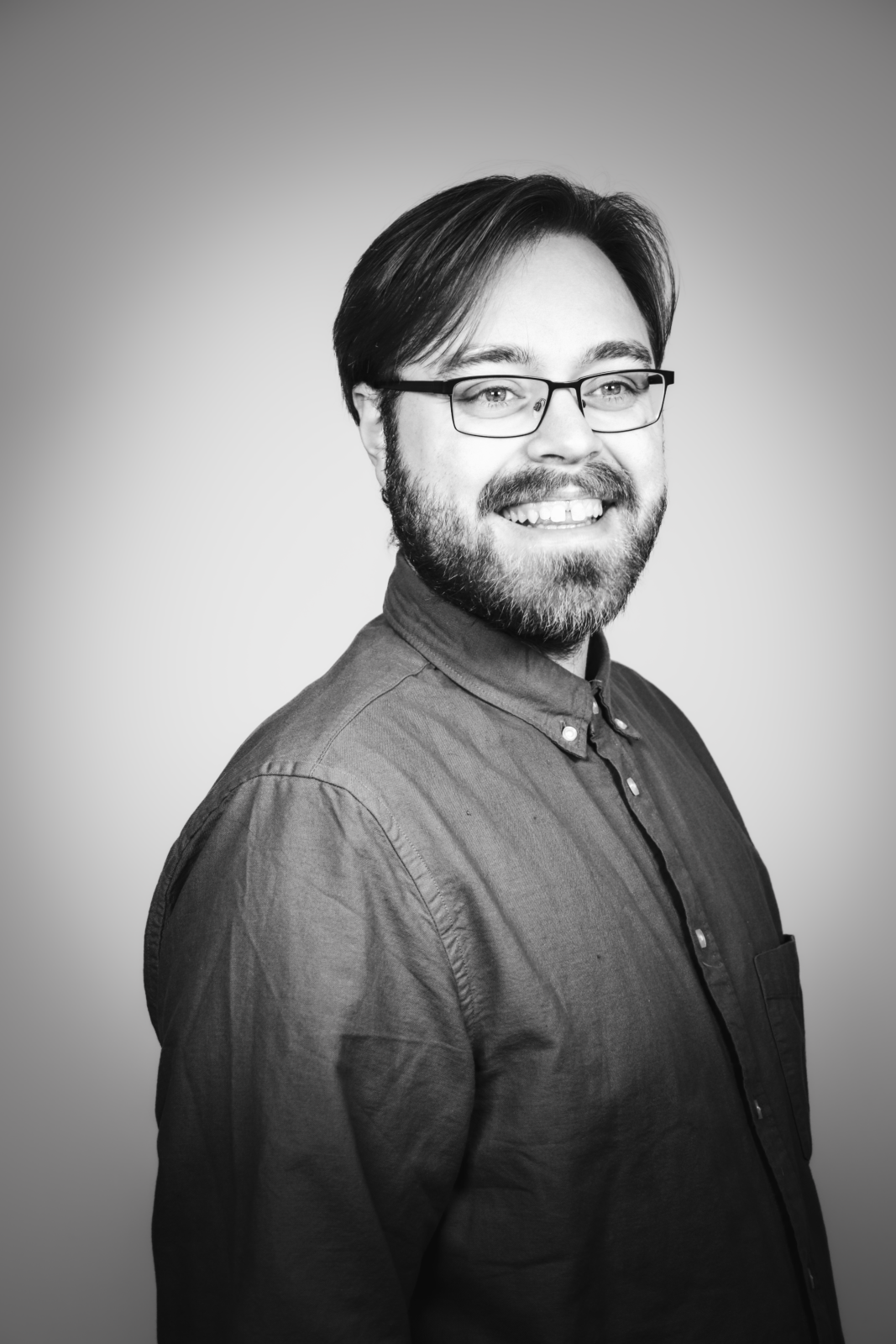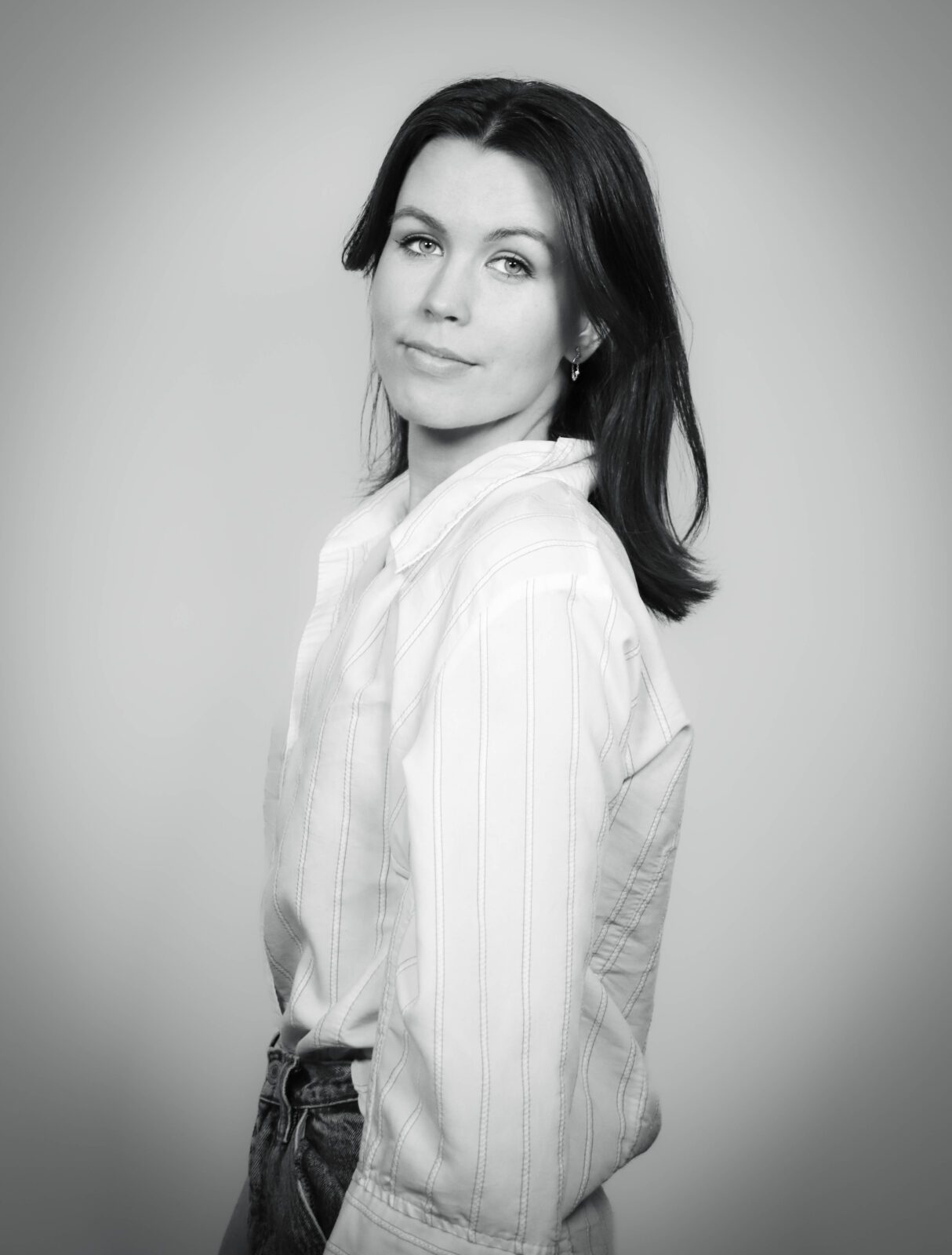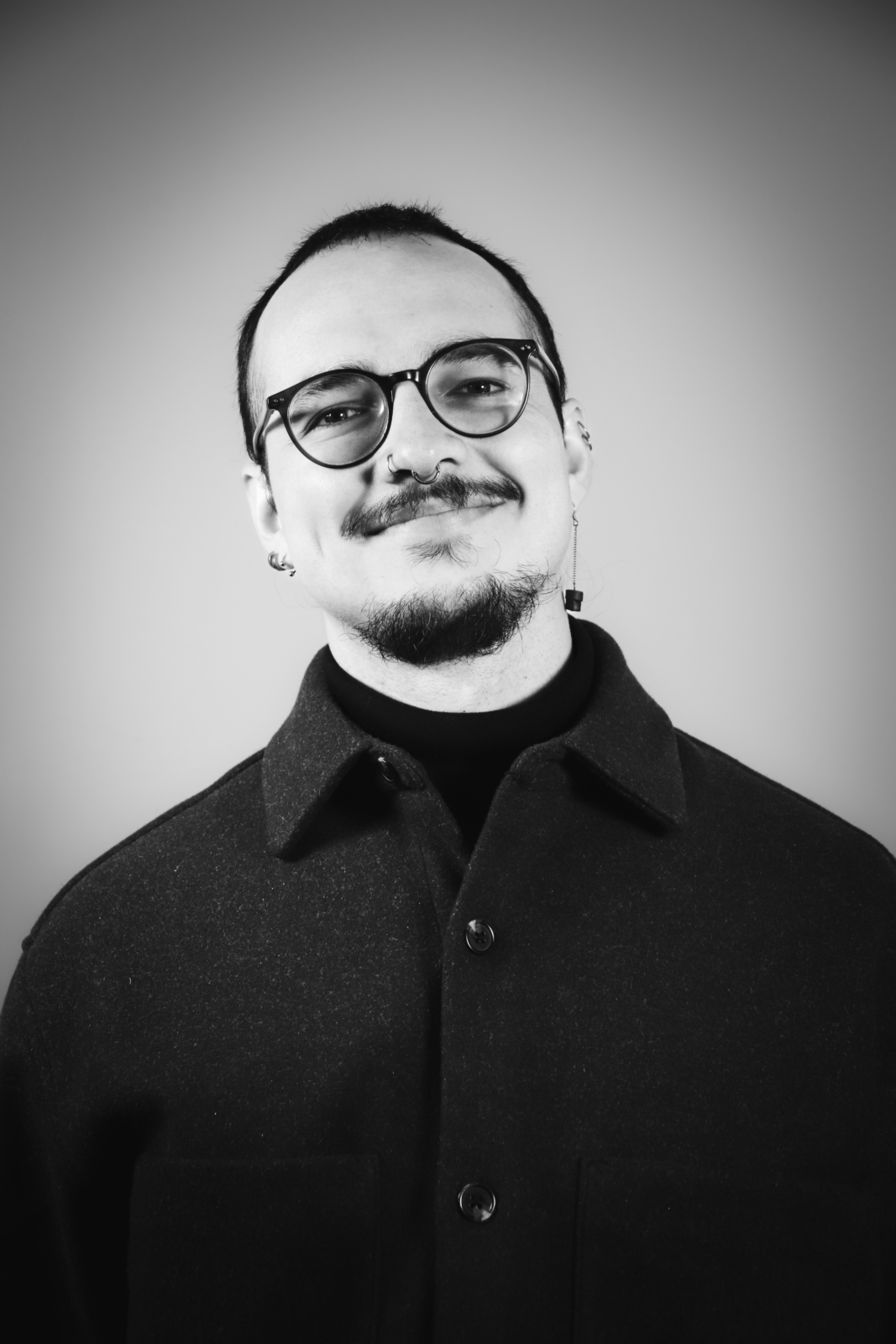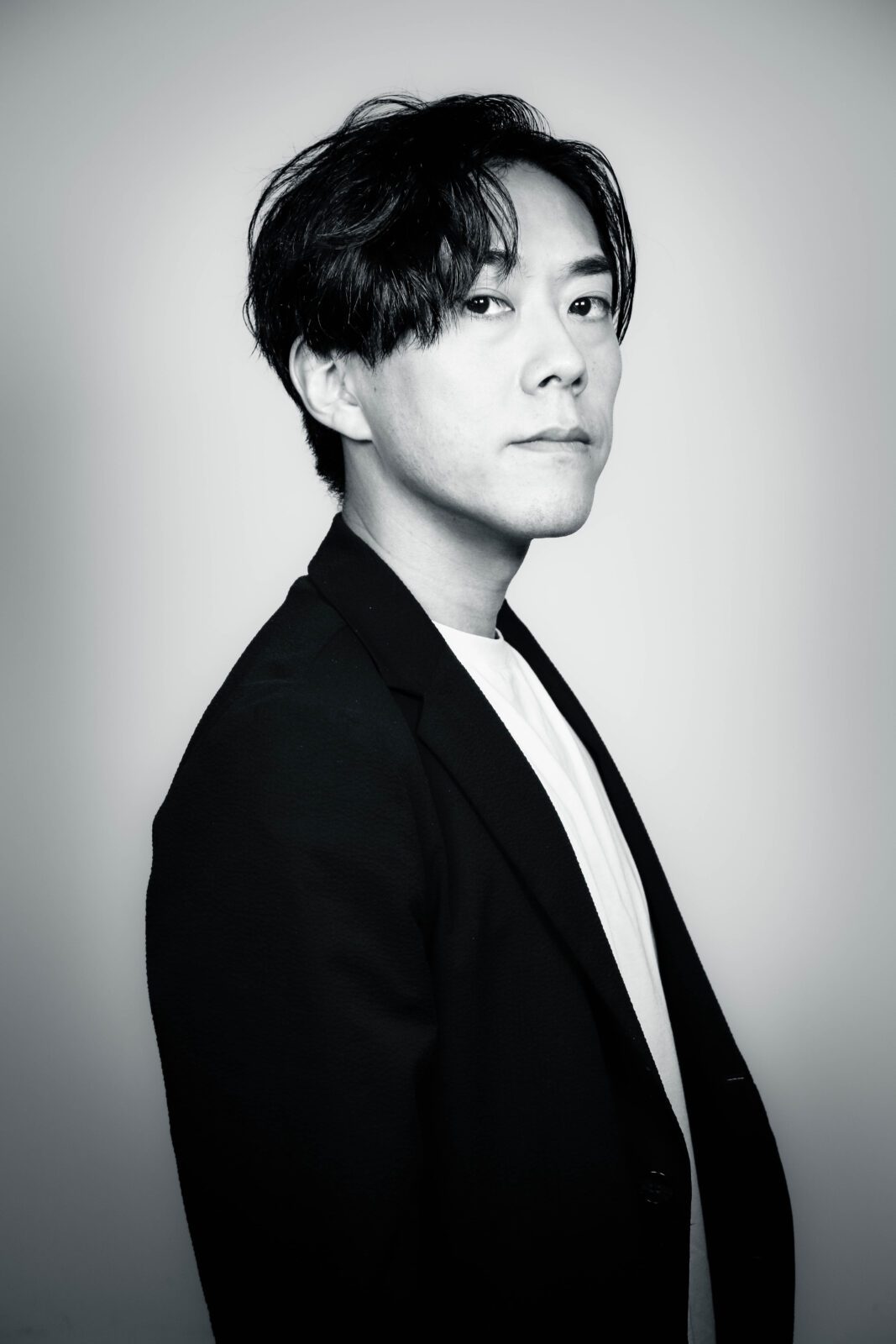Automatic translation by Google Translate.We cannot guarantee that it is accurate.
Skoða vefinn á ÍslenskuMarzieh Amiri
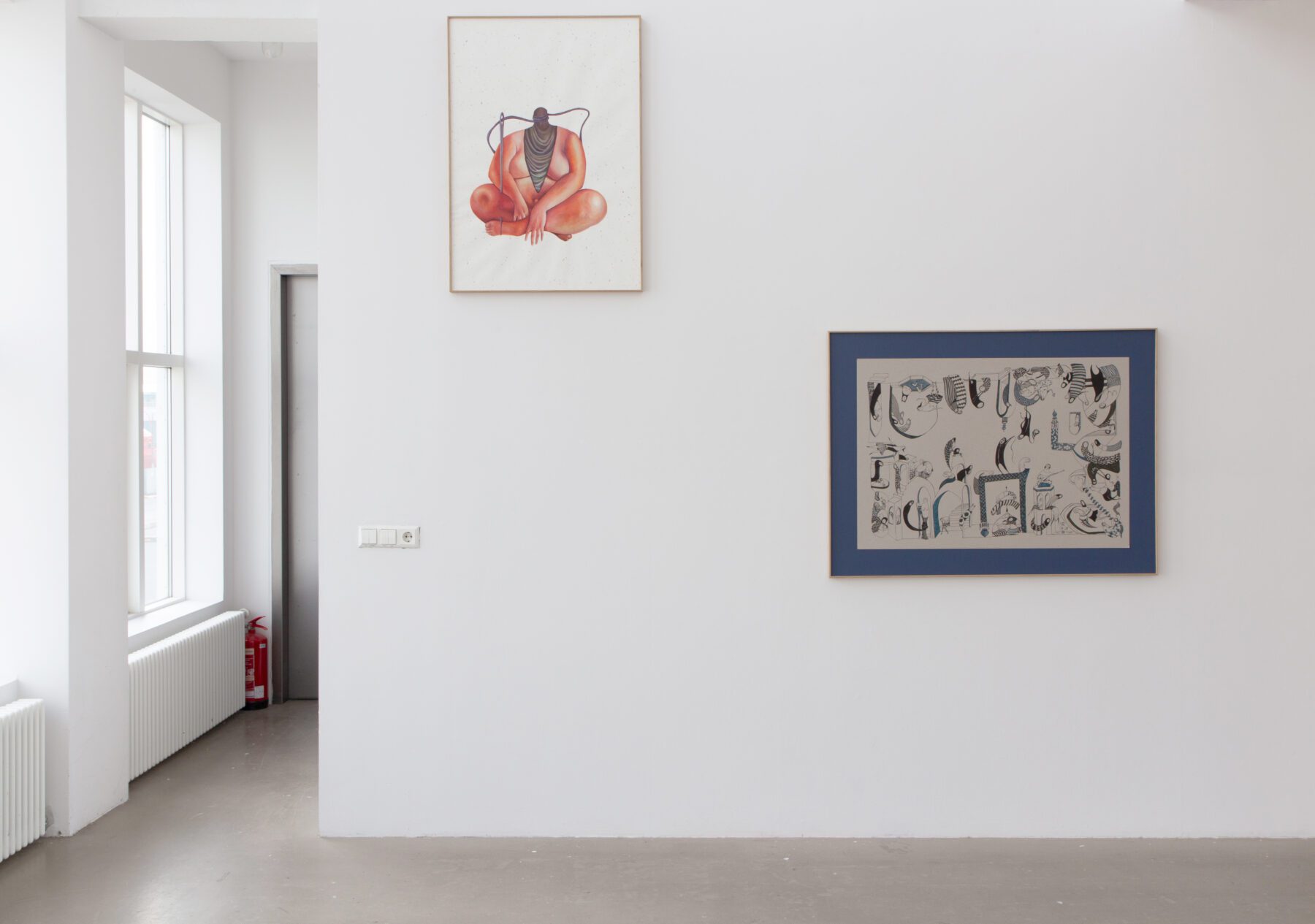
Absorbtion, acrylic on paper
Balbasho (Persian for chaos), paper, markers
Traumas are the dark and bitter parts of our lives and talking about them is always accompanied by pain and suffering. The way we face our traumas varies: crying, anger, shouting, staying silent, or even laughing.
I grew up in the country (Iran) where trauma was an inseparable part of my life, and painting became my way of confronting it. I would paint my anger and fears born from trauma, and through that, I found release. Over time, the images grew more violent — but I had no choice. The oppressive atmosphere of the country and the misogynistic Islamic teachings left me with no other way but to be angry. I took revenge on my traumas by drawing their violence.
But somehow, the violence that surged within me would transform on paper — it would soften, shift colours, and even flirt with a sense of irony. How strange! This response was completely involuntary, and I wasn’t aware of it until others pointed it out to me. At first, I denied it — but gradually, I grew fond of this hidden humour. It was unconscious, and that made it valuable to me. It’s as if this hidden humour has been stitched into my illustrations with an invisible needle.
It’s a constant challenge for me to explore how far I can take this surreal combination of humour and trauma in my illustrations. Could this subtle humour reduce the ugliness of violence? Does this contradiction risk distort the message I intend to convey to my audience? Either way, I continue in search of the answers.
Photo credits: Sisters Lumière / @sisters_lumiere
